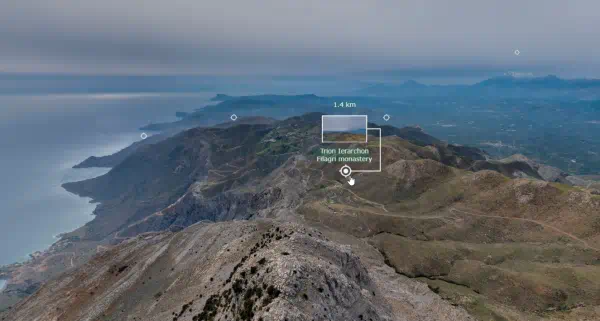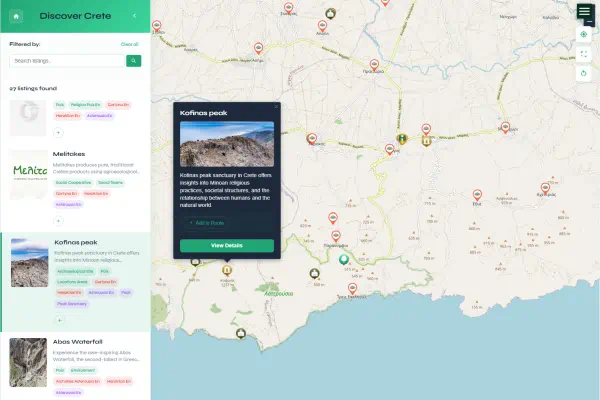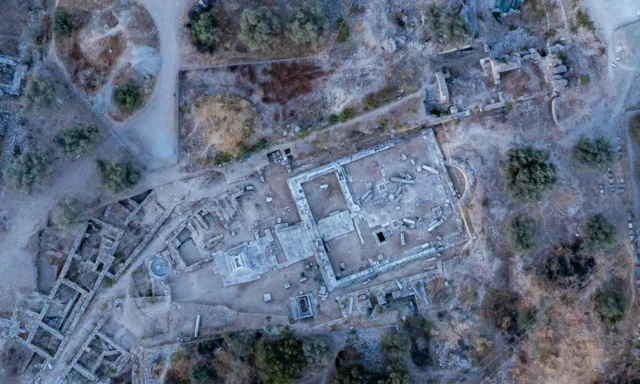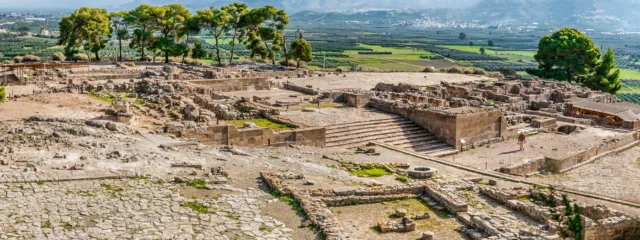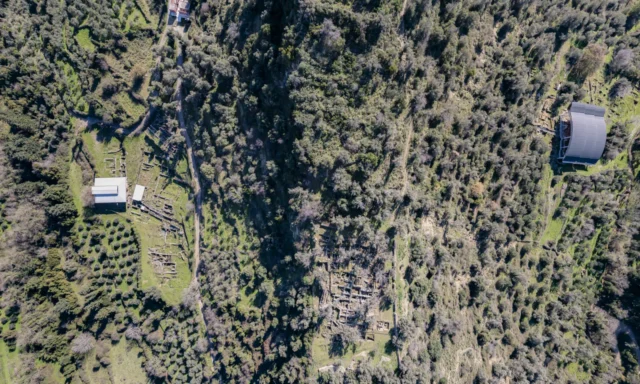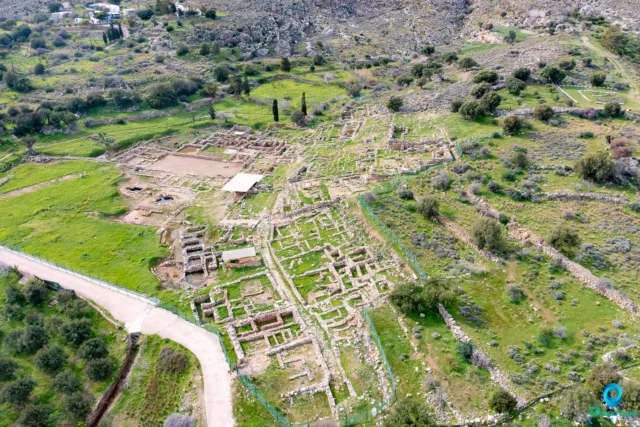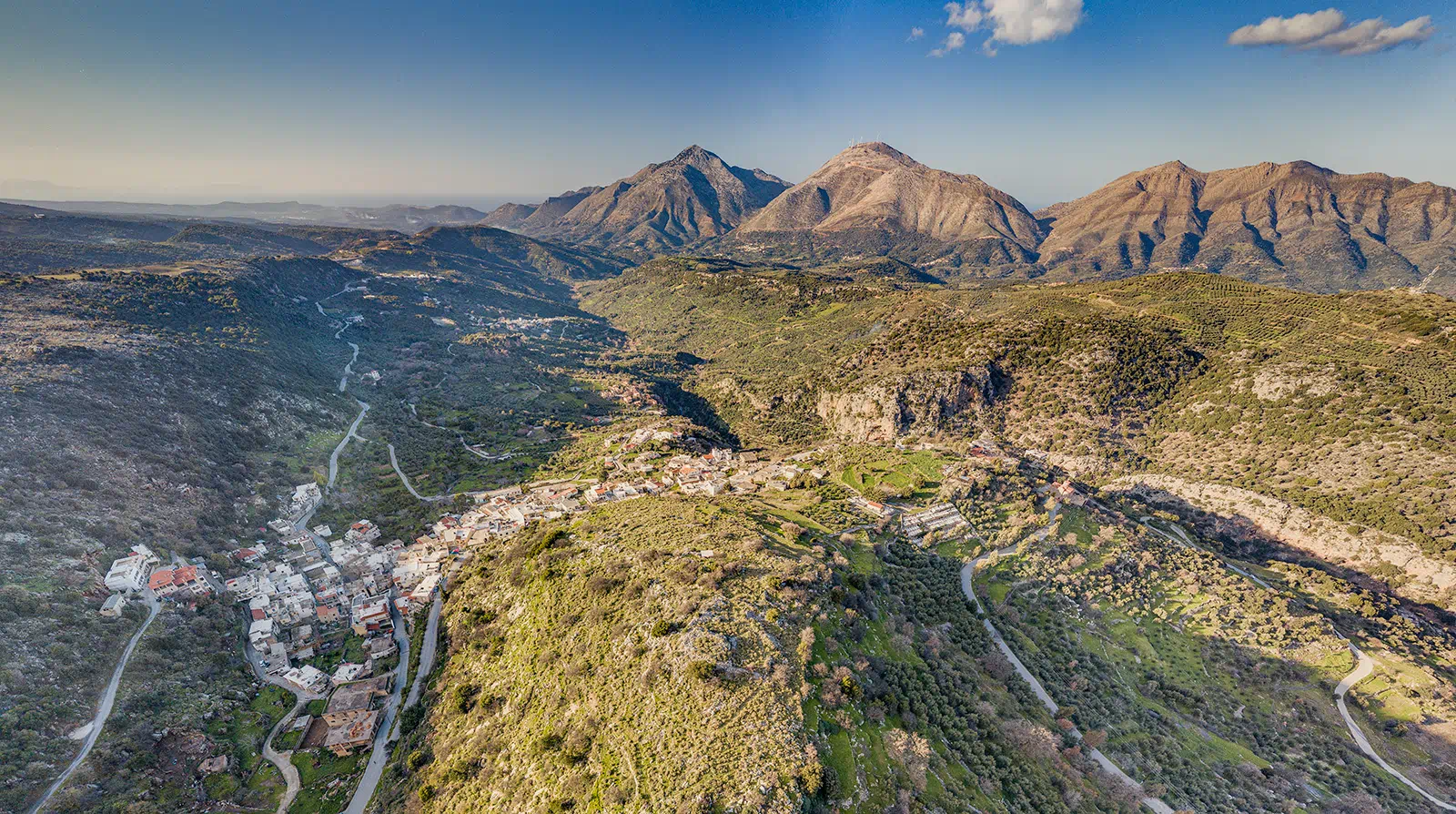An on-site inspection was conducted last Sunday at the Acropolis of Ancient Axos, marking a significant step towards the protection and development of the major archaeological site in Mylopotamos, Crete. The initiative is a collaborative effort between the Ephorate of Antiquities of Rethymno and the Municipality of Mylopotamos.
The inspection was led by the Director of the Ephorate of Antiquities, Ms. Eleni Papadopoulou, who was accompanied by archaeologists and joined by the Mayor of Mylopotamos, Mr. Georgios Klados. The delegation also included regional and local officials, community leaders, and residents, indicating broad support for the project.
Historical Significance and Future Outlook
Ancient Axos (also known as Oaxos) was a prominent city-state in antiquity, inhabited from the Neolithic period to the Byzantine era. Its strategic location on the slopes of Mount Psiloritis, its membership in the Cretan “Koinon” (a federation of cities), its independent coinage, and its extensive fortifications—including a reported 80-stadia wall—all underscore its historical importance. The site also held significant religious value due to its proximity to the Idaean Cave, the mythological birthplace of Zeus.
Mayor Georgios Klados commented on the city’s commitment to the project:
“Axos was one of the most important cities of antiquity… it has enormous potential to become a pillar of culture and sustainable development for Mylopotamos and all of Crete. As a Municipal Authority, we have a duty to support the effort to highlight Ancient Axos in every way. Such an important cultural treasure… must not remain buried; the time has come to bring it to the light.”
This renewed focus is a welcome and essential development. For years, the immense potential of Axos has been largely overlooked, leaving the significant site in a state of neglect. The successful implementation of this strategic plan is therefore critical, not only for preserving a key part of Cretan heritage but also for finally developing the site into the vital cultural and economic asset it deserves to be. The hope remains that this official commitment will translate into the tangible action and sustained investment necessary to see the project through to completion.

